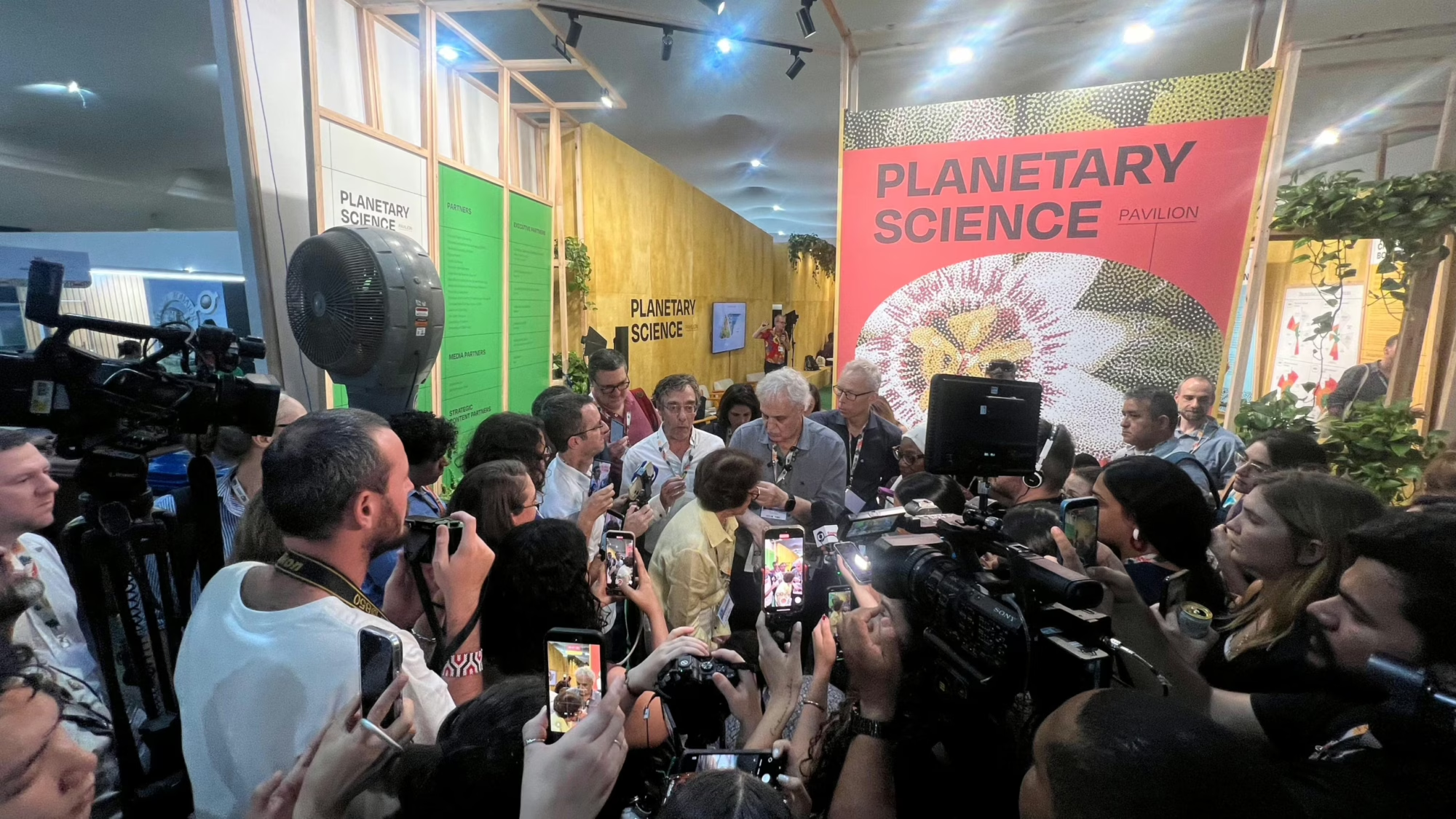OVERVIEW:
Brazil announced this morning its INDC, with a commitment to cut emissions in 37% by 2025 from 2005 levels and an indicative target of 43% by 2030.
The Brazilian government has yet to make the commitment official and state, clear and transparently, what does it means in terms of tonnes of CO2 reduced, since there are different measurements for base year 2005. Furthermore, Brazilian officials usually express their commitments in terms of “liquid” emissions, seizing on a loophole in the IPCC inventory methodology that allows for discounting forests in indigenous lands and protected areas as “anthropic carbon removals”.
One possibility is that the announcement means that Brazil shall arrive in 2025 with gross emissions around 1.4 billion tonnes of CO2e and 1.3 billion tonnes in 2030 (compared to 2.3 billion in 2005 and 1.6 billion in 2013).
This is less than Brazil’s fair share for reaching the global 2oC target – which should be 1 billion tCO2e in gross emissions by 2030, according to the INDC proposal presented by the Climate Observatory.
Nonetheless, the announcement sends a positive signal for the Paris agreement, for the following reasons:
- Brazil is the first major developing economy to adopt an absolute, economy-wide target for Paris;
- Its ambition level is highest than most of the INDCs tabled so far, leaning closer to the EU/African countries targets than to China/US and others;
- The fact that the target aims 2025 with an indicative for 2030 is politically relevant: it shows Brazilian commitment to five-year review cycles and with “ratcheting up” – increasing ambition over time and preventing weak commitments from being locked in for a decade.
“The target announced by President Dilma Rousseff puts Brazil in a position to contribute for a good agreement in Paris. However, it still is less than what is needed for the climate and for the struggling Brazilian economy. We can do more”, said Carlos Rittl, executive secretary of the Brazilian Climate Observatory.
ENERGY:
Brazil vows to:
– Guarantee 45% renewables – including hydropower – in the energy mix;
– Guarantee 32% non-hydro renewables (solar, wind, biomass, ethanol) in the Brazilian energy mix;
– Increase the sustainable use of renewable electricity, excluding hydropower (ie solar, wind and biomass) to at least 23% of Brazilian electric generation;
– Increase energy efficiency to 10%;
– Ensure 16% of ethanol in the total energy mix.
The target could be better. The role of ethanol is not clear, neither is clear whether the 10% of energy efficiency are a figure that goes beyond the usual 3% considered in official energy plans.
“The electricity target is reasonable, but it doesn’t have a lot of ambition. This year alone Brazil has auctioned permits for 3.7 gigawatts in solar, wind and biomass. We have calculated that the INDC will require 3.1 gigawatts in renewables every year, so the pledge is still a little below Brazil’s performance”, said Ricardo Baitelo, head of Climate and Energy at Greenpeace Brasil.
“Furthermore, we need to translate the statement to the real world. The government’s current energy plan still has 71% of all energy investments for the next decade locked in fossil fuels. We should be changing that direction by now”, Baitelo said.
AGRICULTURE:
Brazil vows to restore an additional 15 million hectares of degraded pastures and enhance 5 million hectares of integrated cropland-livestock- forestry systems.
According to Marina Piatto, a researcher at Imaflora (Instituto de Manejo e Certificação Florestal e Agrícola), the target for the sector is a positive one. Restoring degraded pastureland means slowing down one of the biggest emission sources in the agricultural sector and halting soil degradation – which also emits a lot of carbon.
“The announcement is in line with the Climate Observatory’s proposal of restoring 18 million hectares in degraded pastures until 2030”, Piatto said. “The target of 5 million hectares in integrated crop-livestock-forest systems is also good, because that kind of system enhances carbon sequestration.”
FORESTS:
This is the weak underbelly of the Brazilian INDC. The pledge of eliminating illegal deforestation in the Amazon only (out of six Brazilian biomes) by 2025 and compensating emissions from legal suppression of natural vegetation has no ambition. It also means accepting that Brazil will still have emissions from land use a decade from now – when those should indeed be negative, according to the proposal by the Climate Observatory. The INDC merely anticipates in five years the commitment Rousseff had already adopted with Germany.
The president also seems to have backslid in the commitment, announced alongside Barack Obama, of eliminating illegal deforestation countrywide in 2030. Now the promise is limited to Amazonia.
There is also nothing new in the proposal of restoring 12 million hectares of forests – the announcement doesn’t explain if the planned restoration will include exotic species such as oil palm or eucalyptus, as allowed for by the Forest Code.
“Promising zero illegal deforestation in Amazonia by 2025 means telling all countries that are expecting a meaningful commitment by Brazil that we will tolerate illegality for another decade. Worse, the government silences about the advance of deforestation in other biomes, particularly in the cerrado, which doesn’t have the same command and control apparatus”, said Brenda Brito, a researcher at Imazon (Instituto do Homem e Meio Ambiente da Amazônia), a think-tank based in Belém. “Illegal deforestation should already be zero, and not only in Amazonia.”





